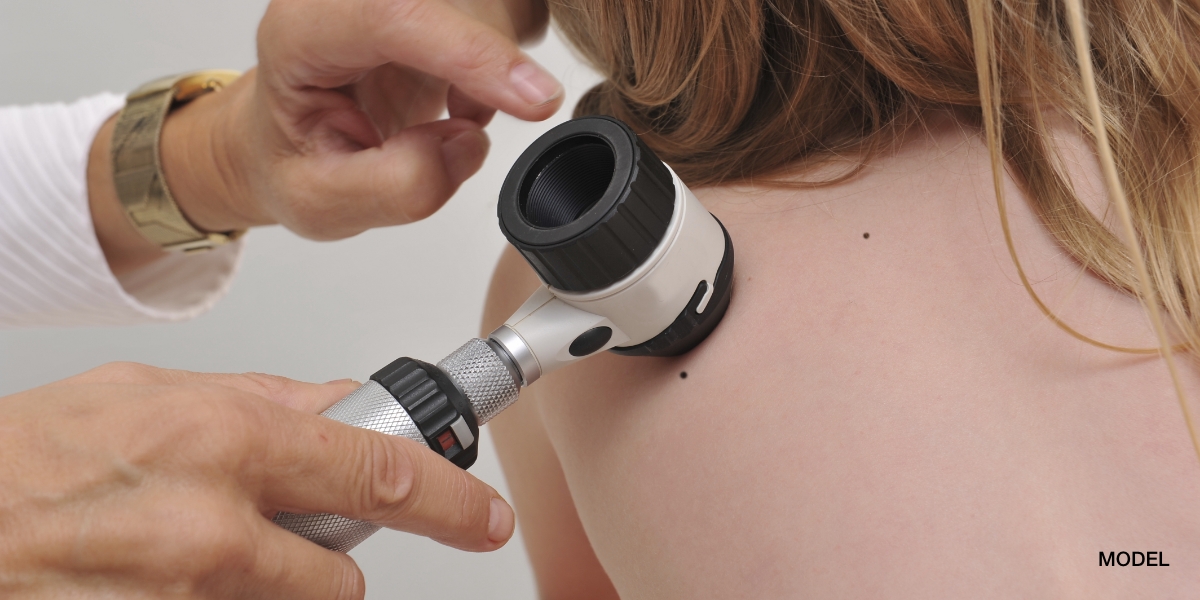Sporotrichosis is a “deep fungus” which I encounter occasionally in my The Woodlands dermatology and Conroe dermatology clinics. It is most commonly seen in patients who garden and are exposed to penetrating injuries from rose thorns or sphagnum moss containing the fungus Sporothrix schenckii. Occasionally, cats have the fungus on their claws and can transmit it via scratches. After the initial inoculation, a small nodule may appear transiently and then disappear. In several weeks, multiple nodules reappear at the innoculation site. In 75% of patients, the nodules spread linearly along the lymphatics and this type is called reginonal lymphangitic sporotrichosis. In only 25% of cases, fixed cutaneous sporotrichosis occurs in which the lesions are localized to one area and do not progress along the lymphatics. Diagnosis is made through skin biopsy in which cigar shaped bodies are seen on histology or through fungal culture. Treatment of Sporotrichosis involves Itraconazole daily or Potassium Iodide daily for 3 months.
October 14, 2010




